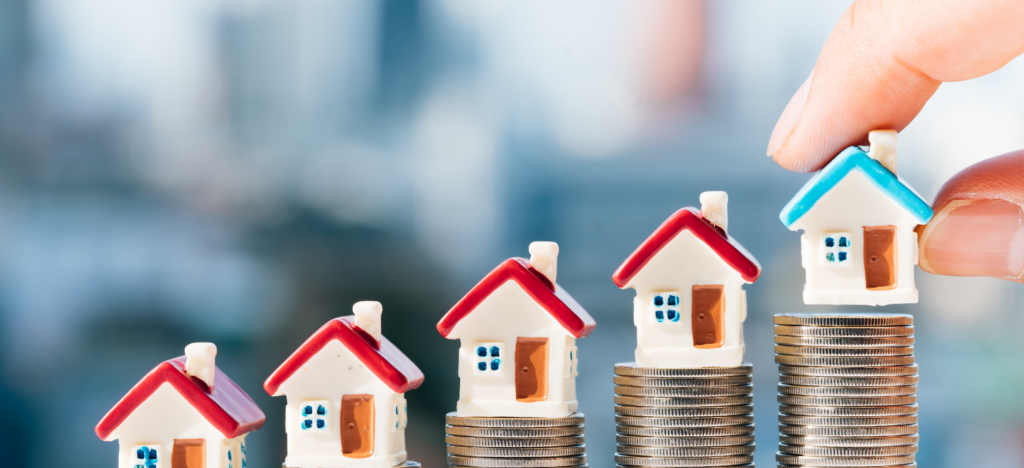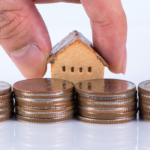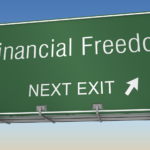
Investing in real estate can be a lucrative venture, and there are various strategies to consider. One method that has gained popularity among beginners and experienced investors alike is the BRRRR method. If you’re looking for a powerful wealth-building approach in the world of real estate, the BRRRR method might be just what you need.
What is the BRRRR Method?
The BRRRR method, an acronym that stands for Buy, Rehabilitate, Rent, Refinance, and Repeat, is a systematic approach to real estate investment. It involves purchasing a property, making necessary improvements, finding tenants, refinancing to recover your investment, and then repeating the process with a new property.
How Does the BRRRR Method Work?
The BRRRR method, which stands for Buy, Rehab, Rent, Refinance, and Repeat, is a popular strategy used by real estate investors to maximize their returns. It involves a series of steps that, when executed correctly, can allow an investor to generate a considerable amount of wealth over time. Below is a more comprehensive explanation of how the BRRRR method works:
1. Buy:
The first step in the BRRRR process is to identify and purchase a suitable property, often at a discounted price due to its need for repairs or renovations. As a real estate investor, you should prioritize properties that are located in emerging neighborhoods, where there is a likelihood for property values to increase over time. When considering a potential property for purchase, perform a detailed analysis to ensure the numbers align with your investment goals. Take into account the property’s purchase price, the expected renovation costs, potential rental income, and other expenses such as property taxes and insurance. This will help you to determine if the property can provide a strong return on investment.
Key Considerations:
- Location: Focus on neighborhoods with growth potential, such as those near new developments, schools, or public transport hubs. Research local property trends and demand.
- Inspection: Hire a professional inspector to evaluate the property’s condition. This will help you identify any necessary repairs and can be a powerful negotiating tool.
- Negotiation: Don’t hesitate to negotiate the purchase price, especially if the property requires significant repairs.
- Financing: Explore your financing options, including conventional mortgages, hard money loans, or private lending. Compare interest rates and terms.
- Budget: Calculate all expected expenses, such as closing costs, property taxes, and insurance. Ensure that the purchase aligns with your investment goals and budget.
2. Rehabilitate:
After acquiring the property, the next step is to rehabilitate it in order to increase its value and appeal to potential tenants. Start by conducting a thorough assessment of the property to identify areas that need repairs, improvements, or upgrades. Your goal should be to enhance the property’s aesthetics, functionality, and overall market value. Some common renovations include painting, updating the kitchen and bathrooms, replacing old flooring, and upgrading fixtures and appliances. It’s essential to budget wisely and make improvements that are cost-effective and that can lead to higher rental income and property valuation.
Key Considerations:
- Budget: Set a realistic budget for renovations, keeping in mind your desired return on investment. Avoid overspending on unnecessary upgrades.
- Contractors: Vet and hire reliable contractors with experience in the types of renovations you need. Get multiple quotes and check references.
- Value-Adding Improvements: Focus on renovations that increase the property’s value and appeal, such as updated kitchens and bathrooms, fresh paint, or new flooring.
- Permits: Ensure that you obtain the necessary permits for your renovations to avoid future legal issues.
- Timeline: Set a reasonable timeline for the rehab process, as holding costs can add up if the project takes longer than expected.
3. Rent:
With the property now in optimal condition, it’s time to find reliable tenants. Proper tenant screening is essential to ensure that you select individuals who will pay their rent on time and take good care of the property. Collect rental applications, conduct background checks, verify employment and income, and check references from previous landlords. In addition, ensure that your rental terms are clearly outlined in a lease agreement, including rent amount, due date, security deposit, maintenance responsibilities, and rules for the property.
Key Considerations:
- Market Research: Determine the appropriate rental rate by researching comparable properties in the area.
- Tenant Screening: Thoroughly screen potential tenants through background checks, credit reports, employment verification, and references from previous landlords.
- Lease Agreement: Draft a clear and comprehensive lease agreement outlining all terms and conditions, including rent, security deposit, maintenance responsibilities, and property rules.
- Landlord Responsibilities: Be prepared to handle maintenance requests and other responsibilities as a landlord. Consider hiring a property management company if you prefer a hands-off approach.
4. Refinance:
Once the property has been rented out and its value has appreciated, the next step is to refinance it. By doing so, you can take advantage of the increased property value and pull out a portion of the equity to use for your next investment. Work with a trusted lender to secure a new loan with favorable terms that are based on the property’s current market value. This allows you to recoup a significant portion of your initial investment while still retaining ownership of the property.
Key Considerations:
- Property Appraisal: Ensure the property is appraised at a value that allows you to refinance and pull out the desired equity.
- Loan Terms: Compare interest rates, loan terms, and fees from different lenders to find the best refinancing option.
- Credit Score: Maintain a good credit score, as it will affect your ability to refinance and secure favorable loan terms.
- Equity: Determine the amount of equity you want to pull out based on your investment goals and the loan-to-value ratio offered by the lender.
5. Repeat:
With the refinanced funds in hand, you can now repeat the entire BRRRR process by acquiring another property and continuing the cycle. This strategy allows you to leverage your initial investment to continually build your real estate portfolio and generate increased wealth over time.
Key Considerations:
- Risk Assessment: Continuously assess the risks involved in each new investment, especially as your real estate portfolio grows.
- Diversification: Consider diversifying your investments across different property types or locations to mitigate risks.
- Reinvestment Strategy: Develop a clear strategy for reinvesting your refinanced funds, including identifying new properties, setting budgets, and planning renovations.
- Portfolio Management: Monitor and manage your growing portfolio, keeping track of property performance, cash flow, and expenses.
- Long-Term Goals: Set and periodically review your long-term investment goals to ensure you’re on track to achieve them.

BRRR Method Tips for Beginners
- Start Small and Simple
- For beginners, it’s advisable to start with smaller, less complex properties to minimize risks and gain experience.
- Partner or Seek Guidance
- Consider partnering with experienced investors or seek advice from real estate professionals who have successfully used the BRRRR method.
- Conduct Thorough Market Research
- Understanding the local real estate market and rental demand is essential. Conduct thorough research to make informed investment decisions.
- Calculate Costs and Risks
- Evaluate all costs involved, including purchase, renovation, and ongoing expenses, to ensure a clear understanding of the potential risks and rewards.
Conclusion
The BRRRR method is a powerful real estate investment strategy, but success requires careful planning and management. Continuously assess risks with each new investment, especially as your portfolio grows. Diversify across property types or locations to mitigate risk. Develop a clear reinvestment strategy, including identifying properties, setting budgets, and planning renovations. Monitor your portfolio, track property performance, cash flow, and expenses, and regularly review your long-term goals to ensure you’re on track for success.
FAQs
What does BRRRR stand for?
BRRRR stands for Buy, Rehabilitate, Rent, Refinance, and Repeat. It outlines the steps involved in the BRRRR method of real estate investing.
Can the BRRRR method work in any market?
While the BRRRR method can be effective in various markets, it is essential to assess the local real estate conditions and rental demand before proceeding.
FAQ 3: How long does the BRRRR process take?
The timeline for the BRRRR process can vary based on property selection, renovation complexity, and financing procedures. Typically, it takes a few months to a year to complete one cycle.
FAQ 4: What happens if I can’t find tenants for my property?
Having a contingency plan is crucial in case of rental vacancies. Ensure you have sufficient funds to cover mortgage payments during periods of vacancy.
FAQ 5: Can I use the BRRRR method with commercial properties?
While the BRRRR method is commonly used for residential properties, the same principles can be applied to certain commercial real estate ventures. However, the strategies and risks may differ, so thorough research is necessary.
Additional Resources
- Wealth Solutions Hub:
- Zillow: Online marketplace offering valuable data on property prices, neighborhoods, and market trends
- Realtor.com: Reliable source for real estate listings and information.
- Rentometer: Tool to analyze rental prices in specific neighborhoods.
- HomeStars: provides valuable information on a wide range of home improvement services and provides cost guides, project ideas, and customer reviews, making it a helpful resource for property rehabilitation in Canada.
- Fixr (USA): Fixr is an American online platform that provides cost guides, comparisons, and cheat sheets for remodeling, installation, and repair projects. The site offers detailed breakdowns of expected costs for various home improvement and renovation projects in the United States.






Your blog has helped me through some tough times and I am so grateful for your wise words and positive outlook